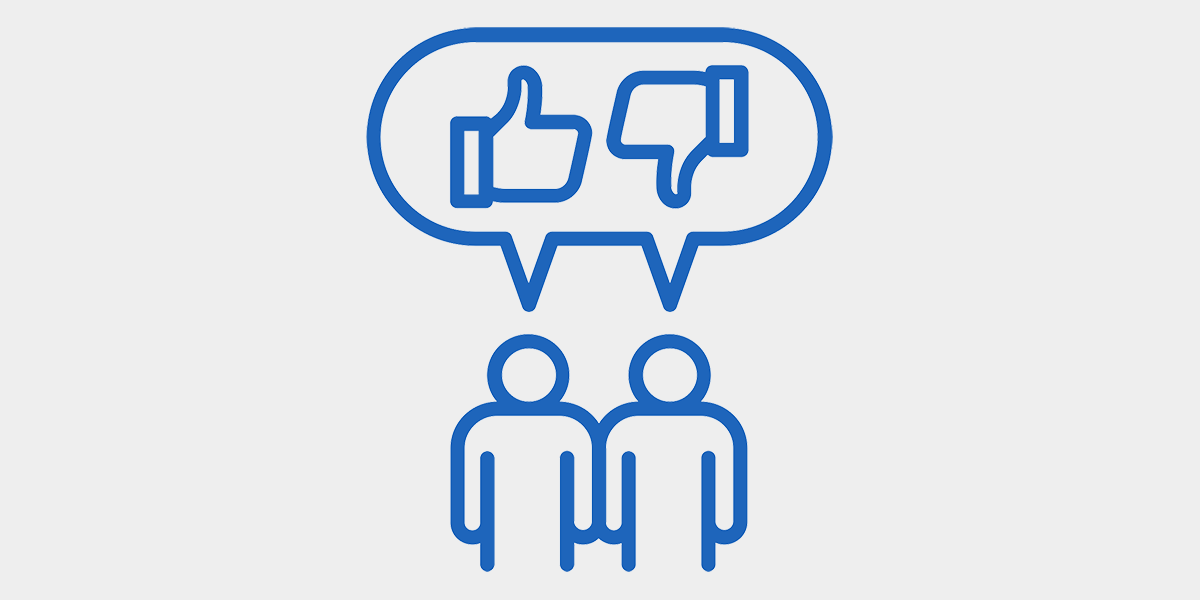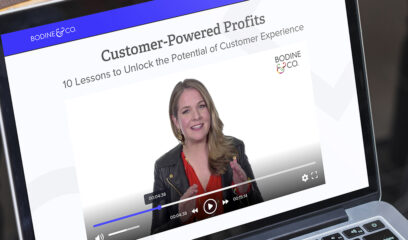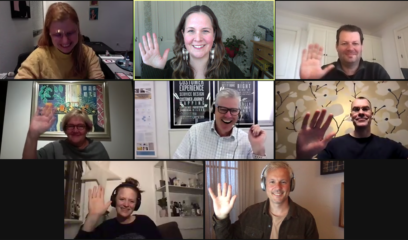When I was getting my Master’s degree in Human-Computer Interaction, my professors required my classmates and I to write “The user is not like me” at the top of every test and project we turned in. Failure to do so resulted in a failing grade. At the time it seemed a bit silly — but in the years since, I’ve seen how difficult it can be to remember and internalize this mantra.
We each look at the world through a very specific lens: our own. When we’re designing or analyzing customer interactions, it’s so easy to fall into the trap of asking, “What would I need in this situation?” or “Does this make sense to me?” This effect amplifies when the employees of a company are also, in fact, its customers — as is the case at B2C companies like credit card issuers, airlines, and big box retailers.
The problem with this approach is that the vast majority of your customers aren’t like you at all. They have no knowledge of your industry’s rules and regulations; no inside baseball about how to get the best deal; and, when they run into trouble, no direct line to Karen in accounting or Steve in customer service. They have a completely different set of needs, desires, emotions, and expectations. And yet, we often assume that their lens is very much like our own.
Assumptions about customers fall into four major categories:
- Positives: These assumptions turn out to be right.
- Negatives: These assumptions turn out to be wrong.
- Incompletes: These assumptions turn out to be generally right, but miss some nuance of what your customers want or need.
- Blind spots: These are the big gaping holes in your assumptions — the things you would never have possibly imagined your customers want or need.
The negatives can be costly in terms of wasted investments. I once worked with a bank that wanted to improve its sales and onboarding process for new B2B customers. At one point in that process, the bank sent its new clients a massive amount of paperwork. The bank execs assumed that this was a major pain point and were about to invest in an expensive technology solution to address it. As it turned out, their customers (mainly Chief Financial Officers) expected the paperwork and had staff on hand to deal with it. Had they not checked their assumptions, the bankers would have spent a large sum of money of a fix that wasn’t all that important to customers.
But note that the positives can be dangerous, too. By confirming that you were right about something, the positives can lure you into thinking that you’ve got a thorough understanding of your customers — and prevent you from searching for incompletes and blind spots.
And those blind spots can be deadly. Companies that fail to identify and address customers’ unmet needs will inevitably lose their relevance and cede their market positions to competitors. We’ve seen this happen in recent years to electronics manufacturers, book sellers, and taxi operators — just to name a few.
If you’re going to assume one thing about your customers, let it be this: My customers are not like me. Therefore, the insightful marketer will learn as much as they can about their customers’ real needs, desires, emotions, and expectations. Look for more on how to do just that in an upcoming post.




